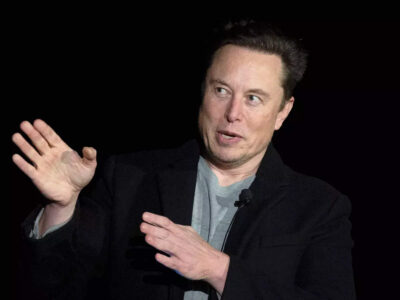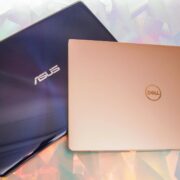The ice-covered and complex surface of Jupiter’s Moon Europa has taken by NASA’s spacecraft Juno during a flight on September 29, 2022. This was the closest approach that a spacecraft covered the distance of about 219 miles.
Observations from the spacecraft Juno of Jupiter’s Moon are the first close-up in over two decades of the ocean. The first picture of NASA’s spacecraft Juno was taken when it flew by Jupiter’s ice-encrusted moon Europa. The spacecraft Juno has revealed the surface features in the region near the Moon’s equator, known as the Anwn region.
The picture was captured during the solar-powered spacecraft’s closest approach. The time was 2:36 am. PDT at a distance of about 219 miles on Thursday, September 29, 2022. This was the third close pass below 310 miles altitude (500 km) in history. The closest look was provided by a spacecraft at Europa when NASA’s Galileo came within 218 miles of the surface.
NASA’s Spacecraft Juno Flight Details
Europa is the sixth largest Moon in the solar system, but it is slightly smaller than the Moon of Earth. Scientists believe that a salty ocean is there below a miles-thick ice shell. The first image was taken of Europa by the spacecraft Juno Cam zooms above the surface of Europa surface of the equator. Rugged terrain features are vividly visible in the pictures due to the enhanced contrast between shadow and light along with the terminator by spacecraft Juno.
Tall shadow-casting blocks, dark, bright ridges and troughs curves across the surface are also seen properly because of the light effect in the spacecraft Juno camera. A degraded impact crater can be the oblong pit near the terminator.
Spacecraft Juno’s Observations
Spacecraft Juno’s observations will benefit future missions to the next Moon Jovian moon also the agency’s Europa Clipper. In 2024, Europa Clipper will try to study the Moon’s atmosphere, interior, and surface, with its primary science goal being to determine whether Europa has the places and surface to support life.
Now you can also find out where spacecraft Juno is right now with NASA’s interactive eyes on the solar system. The spacecraft had a two-hour window to collect Juno’s data. It raced past the Moon with a relative velocity of about 14.7 miles per second (23.6 km per second).
Spacecraft Juno principal investigator Scott Botton said, “It’s very early in the process, but by all indications, Juno’s flyby of Europa was a great success.” He further stated, “This first picture is just a glimpse of the remarkable new science to come from Juno’s entire suite of instruments and sensors that acquired data as we skimmed over the moon’s icy crust.” Candy Hansen, the co-investigator of spacecraft Juno, said, “The science team will be comparing the full set of images obtained by Juno with images from previous missions, looking to see if Europa’s surface features have changed over the past two decades.”
The images taken by Spacecraft Juno will fill in the current geological map, replacing existing low-resolution coverages of the areas of Europa. The close-up of spacecraft Juno and data from the Microwave Radiometer instrument will give new details on how the structure varies of Europa’s ice on its crust.The close flyby shows the spacecraft Jun’s trajectory and also reduces the time it takes to orbit Jupiter from 43 to 38 days. It also marks the second encounter with the Galilean Moon during the extended mission of the spacecraft Juno. The mission included the Ganymede moon during spacecraft Juno’s extended mission.



















Comments